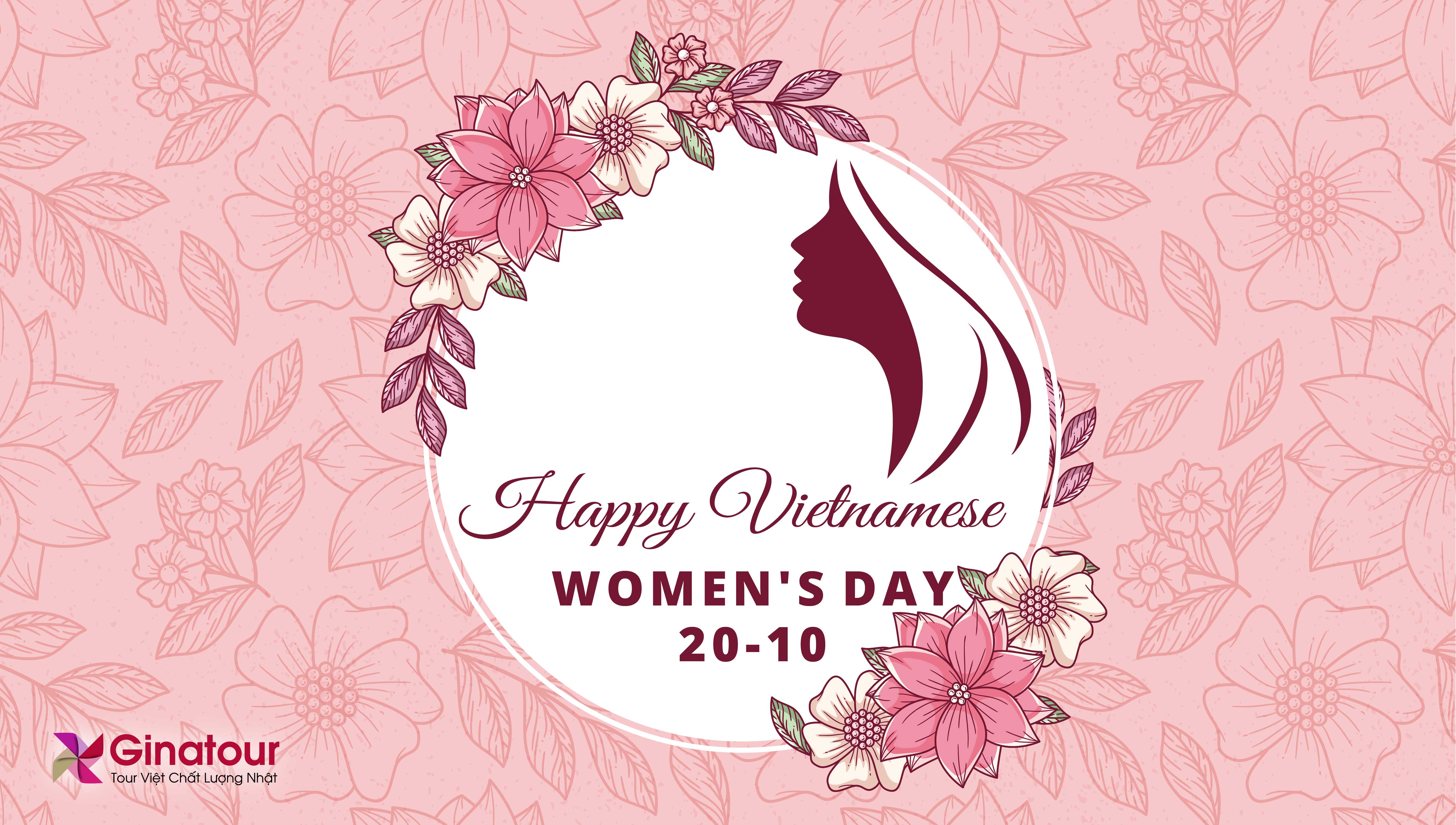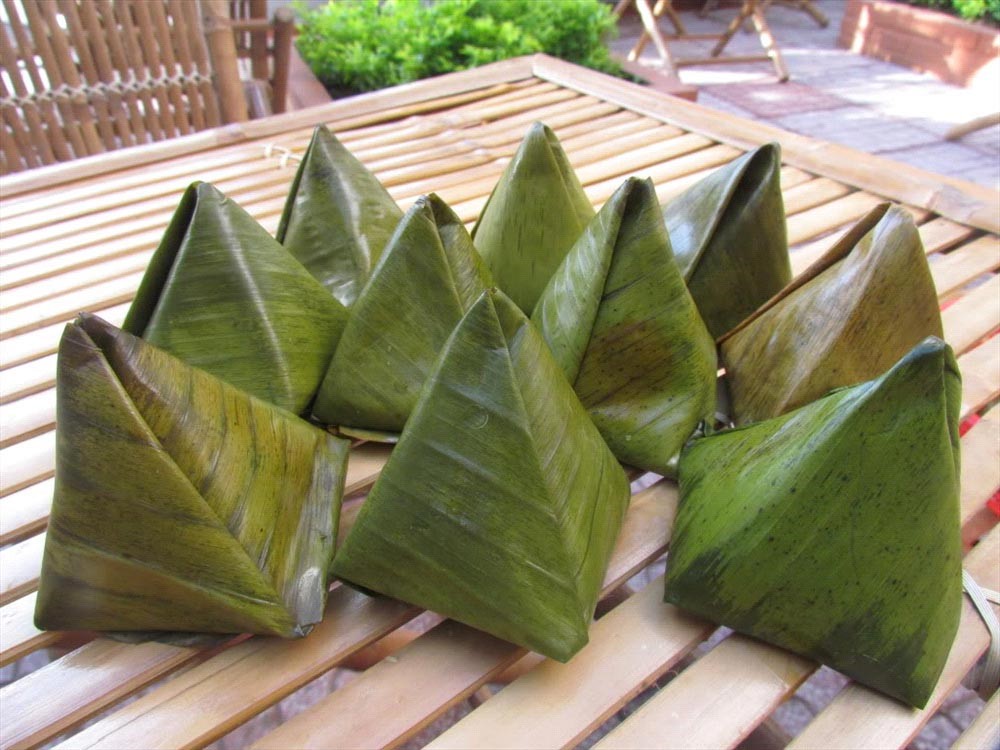LOCATION
Located in the northwest of the Hanoi Capital and the country, Sapa is the mountainous district of Lao Cai province, close to the border with China. Sapa stay at the height of 1,500 to 1,650 meters on the mountainside of Lo Suay Tong.
The climate is moderate and rainy in summer (May—August), foggy and cold with occasional snowfalls in winter. Sa Pa enjoys temperate and subtropical climate with cool air throughout the year. One day the town’s weather experiences 4 seasons: the morning is spring, the noon is likened to summer weather with mild sunshine, balmy climate; cool clouds and dew in the afternoon create a feeling of autumn weather and the night is the cold of winter.
The average air temperature of Sapa is 15 °C. In the summer, the town does not suffer from the harsh sun as coastal areas, its temperature is about 13 ° C – 15 ° C at night and 20 ° C – 25 ° C in the daytime. In the winter, the town is covered with cloud and dew with the temperature of below 0 ° C. Average yearly rainfall ranges from 1,800 to 2,200 mm from May to September 8. Apart from the main route from Lao Cai to Sapa, there are other route such as Highway 4D to connect Binh Lu and Lai Chau. Although the vast majority of Sapa’s residents are ethnic minorities such as H’Mong, Red Dao, Tay, Giay, Xa Pho, the town is also a home to Kinh people living on agriculture and tourism services.
The name “Sapa” literally means “sand” (Sa) and “village” (Pa). Previously, there was just a “sand village” for local people to exchange goods and services.
Sa Pa is located at the height of 1,500 to 1,650 meters on the mountainside of Lo Suay Tong. From the top of this mountain, we can see the southeast of Sapa with the height of 2228 meters.

Sapa is the kingdom of fruit such as cherry, peach, purple plum, plum blossom, rose, pear, especially immortal flower. It has many natural landscapes attracting domestic and foreign tourists such as Silver Fall, Sapa Rattan Bridge. In addition, SunGate is the highest point to admire Fansipan peak at the height of 3,143m. In Ta Phin cave, stalactites create interesting shapes like the fairies, endless fields and sparkling forests.
Sapa Ancient Stone Field is in Muong Hoa valley with 196 islets in different shapes carved by the ancient inhabitants thousands of years ago. Moreover, visitors have set their foot on Sapa, they surely have to visit Ham Rong Mountain. Ham Rong is home to a lot of colorful flowers planted on each garden, especially many kind of orchid. Ham Rong Mountain is next to the town where any visitor can go there to enjoy panoramic view of town, Muong Hoa valley, Sapa, Ta Phin sunk in smog. Currently, thanks to skillful hand of human, Ham Rong is indeed a fruit-full landscape of Sapa.
Sapa is famous for some unique festivals such as “Roong Pooc” of Giay Ta Van people. Annually, Giay people often hold Roong Pooc festival to pray for abundant crop, favorable weather. “Sai San” festival of Hmong people, “Tet Nhay” of Red Dao people are pictures of unique cultural activities of ethnic minorities that tourists cannot miss.
Sa Pa Market is taken place on Sunday in the town of Sapa. On Saturday evening, everybody gathered together to sing many folk songs of Hmong people, Dao people with the sound of flute, Hmong Pan-pipe; and they called it as “love market”.
Travelling Sapa, it is important to mention special food such as Thang Co, carried-under-arm pigs (Lon cap nach) pigs, stream fish, especially salmon imported from foreign countries. Visitors cannot forget a hot pot served with salmon and green vegetables in freezing winter. As a cold area, Sapa is famous for vegetables like cauliflower, broccoli, beets and chayote.
Referring to delicious dishes of Sapa, there are hand-made pork sausages, fresh mushrooms with pork, black chicken (black skin, black bone), the different kinds of barbecue. However, there is a specialty which is inevitable in Sapa meal – San Lung wine, cat apple wine. A glass of wine at breakfast will bring sophisticated feelings of us about the food here. Therefore, let’s start your journey to discover the romantic area, the town of Sapa where you have not heard before.
As a modest land, it has many wonders of the natural scenery with topography of hills, green forests, which makes a fascinating scenic picture.
HISTORICAL & CULTURAL VALUE
Sapa is famous precious stone of Lao Cai Province. Name “Sapa” came from Mandarin Chinese. Formerly locals often call Sa Pả or Sa Pá, which means “sandy beach”, caused this was just a sand beach served for market purpose. Under French Colonialism, they liked the beautiful landscape and the fresh climate here, so decided to turn Sapa into a resort and the name of Sapa in the unmarked pronunciation of European people also existed until now.
For centuries, Sapa has been the home of many ethnic minorities in the North of Vietnam. Traveling to Sapa, visitors will easily meet the ethnic people of Red Dao, H’Mong, Xa Pho, Giay and Tay. Each ethnic group here has its own unique cultural characteristics, handed down from generation to generation, merging into the unique culture of this highland, creating a fascinating wind to attract tourists travel come to find and explore.
PEOPLE
Traveling to Sapa, visitors will have opportunity to communicate with kind and warm ethnic people. They spend their whole life to working hard in terraced paddy fields, but always put a happy smile on face. It seems the daily hard life doesnot anxious them, they like the giant tree of thick forest, strong and calm living without worry.
When coming to Sapa in coldest days of winter, visitors still meet image local people casually walk on a high and dangerous and sheer rock. Or on summer days, on the terraced paddy fields, they wait a main crop more abundant than usual with a joyful face.
Sapa also makes visitors drunk by the silhouettes of young highland girls in brilliant colors. Brocade suits woven from their skillful hands, now sparkling in the morning sun. Someone once said that, once you looked into her painted eyes, you were once drunk to forget the way home.
But for many people, the smiles of babies in high places are the most impressive and memorable images. The faces are smudged, but strangely innocent. They just keep playing together, running on the porch, chasing the trails around the village and smiling together and going to school. It seems that the daily hardships do not affect them, on those faces are always put on bright smiles, that warm people in the cold weather of the highlands.

MANNERS & CUSTOMS OF SAPA
Because of being a gathering place for many ethnic minorities, coming to Sapa visitors will have the opportunity to explore many of the traditions, that have existed in many generations of indigenous people. Each village and each nation has its own specific customs, which together creating a rich cultural life for this foggy town.
If wanna know more about daily life of H’mong ethnic people, visitor could visit Cat Cat Village – San Sa ho, Lao Chai, Sapa. Red Dao people live in Ta Phin, Suoi Thau, Nam Cang, Thanh Kim, Trung Chai villages, where have valleys or in the mountainside to grow corn and rice. Tay people live in Nam Sai, Ban Ho, Thanh Phu villages. There are flat terrance, have more rivers which suitable for fishing and growing rice. Giay people live in Lao Chai – Ta Van. Xa Pho people choose remote places, hardly transferring, so they not usual communicate with other minorities. They good at breeding, weaving, etc.
Nowadays beside their own language, almost ethnic people can use national language. However, every minorities have its special manners, taboo in daily life, and funeral, marriage customs.
 One special note that visitor should pay attention when arrival in Sapa: Have to ask before visit ethnic house or want to take a picture with them, don’t touch any sacred things, don’t enter sacred areas, and you should buy some interesting handmade goods of local people.
One special note that visitor should pay attention when arrival in Sapa: Have to ask before visit ethnic house or want to take a picture with them, don’t touch any sacred things, don’t enter sacred areas, and you should buy some interesting handmade goods of local people.
Travel to Sapa, do not miss visiting the Sapa Fair Market is very unique, not only a place for people to exchange goods but also for young men and women to meet, talk and date. It’s considered that the fair is a unique colorful picture of Sapa culture, so visitors should come and experience. In particular, Sapa also has Love market, where young boys and girls flutter in beautiful brocade dresses, dancing, singing, creating an extremely joyful atmosphere. Sapa Love Market is like a charming marriage place for couples, so they also waiting to come here everytime.
TRADITIONAL FESTIVALS
It is said that traditional festivals are the best way to show Sapa’s special characteristics. Through festivals local people displays their religious belief, spiritual life and old traditional manners which was passed from many generations. So let’s we show you some special interesting festivals of Sapa as below:
Dao ethnic group has Tet Nhay (Dancing holiday), which celebrated on 1st and 2nd days of Lunar New Year. This festival is the way to show gratefulness to ancestor and hope for peace. They make rituals, dance, cook, eat, play game continuously for several days.
Gau Tao festival is the biggest festival of H’mong ethnic group in Sapa. It is considered the most characteristic and typical of H’mong group. The festival is opened between the first until 15th January lunar. According to H’mong people, in festival they pray for good weather and harvest, also give thanks to God and ancestors. In addition, they also make wishes for families, which do not have children yet, will have more in the future or for sickness families.
Xa Pho ethnic group organizes Quet Lang Festival in February of lunar calendar. People prepare and cook dishes to worship all of ghost. After all rituals, villagers paint their faces, dance to wish a peaceful life and good harvest, eat foods but cannot bring home. Futhermore, stranger do not allowed come to village during 3 days of festival to prevent bad things in New Year.










